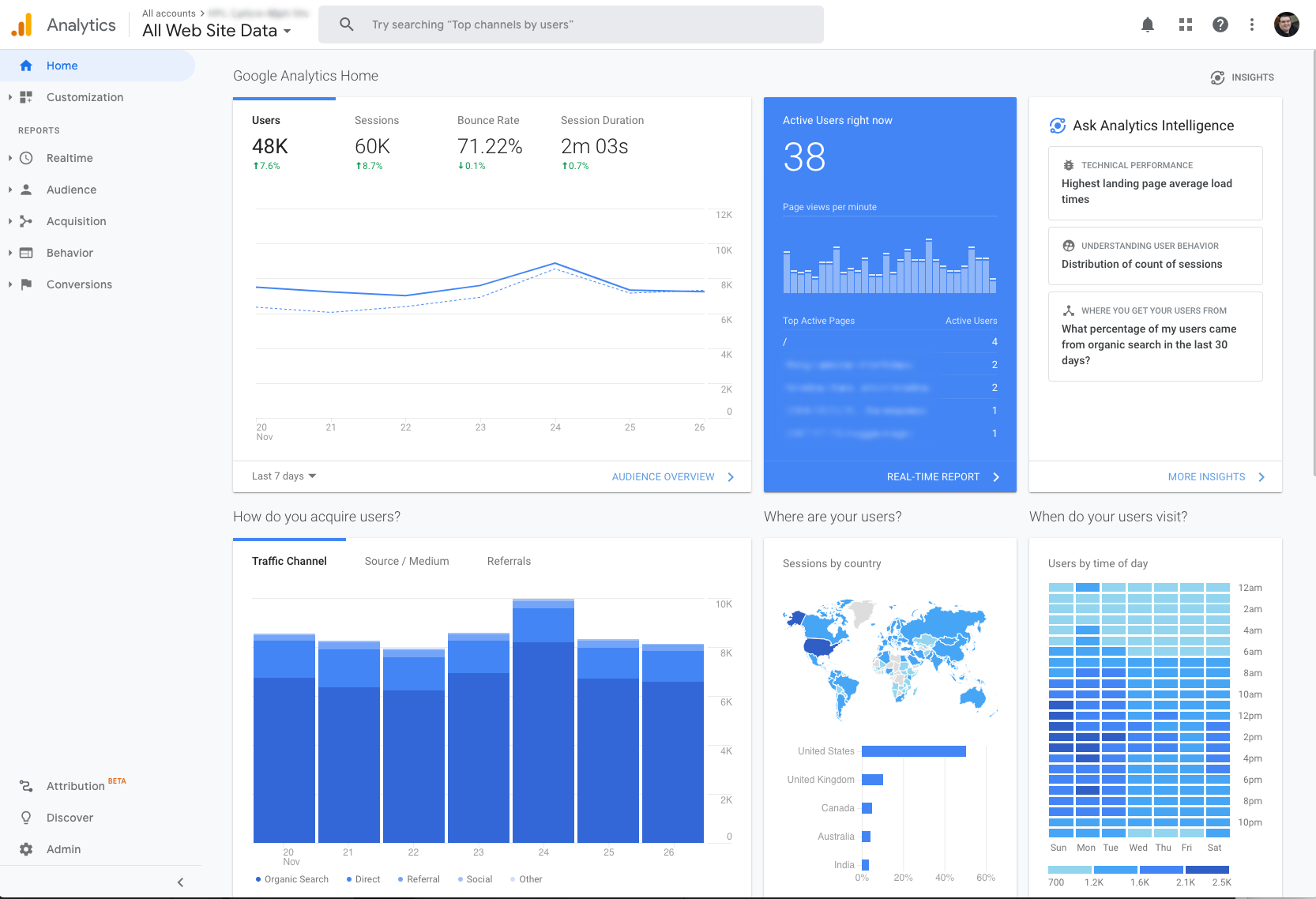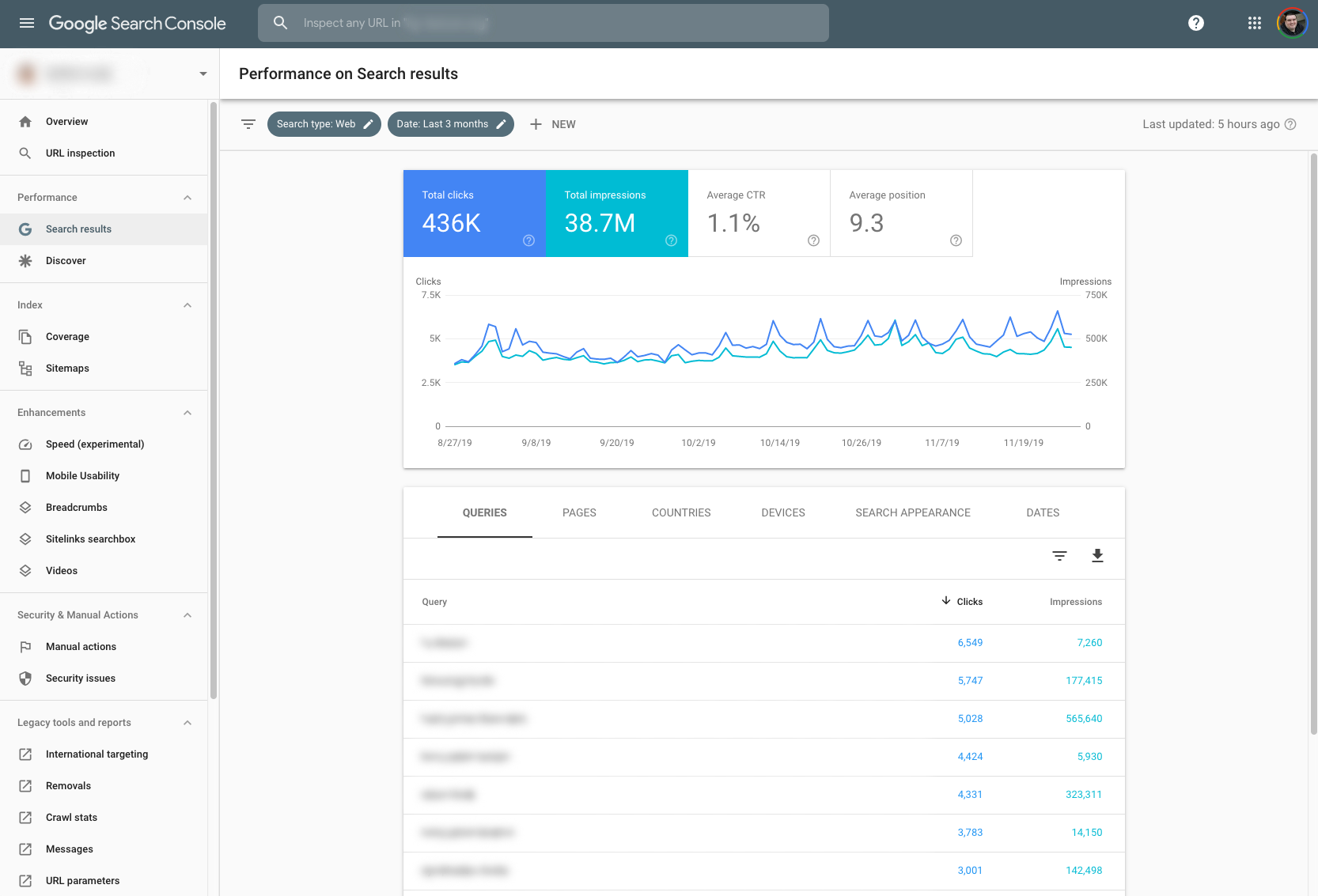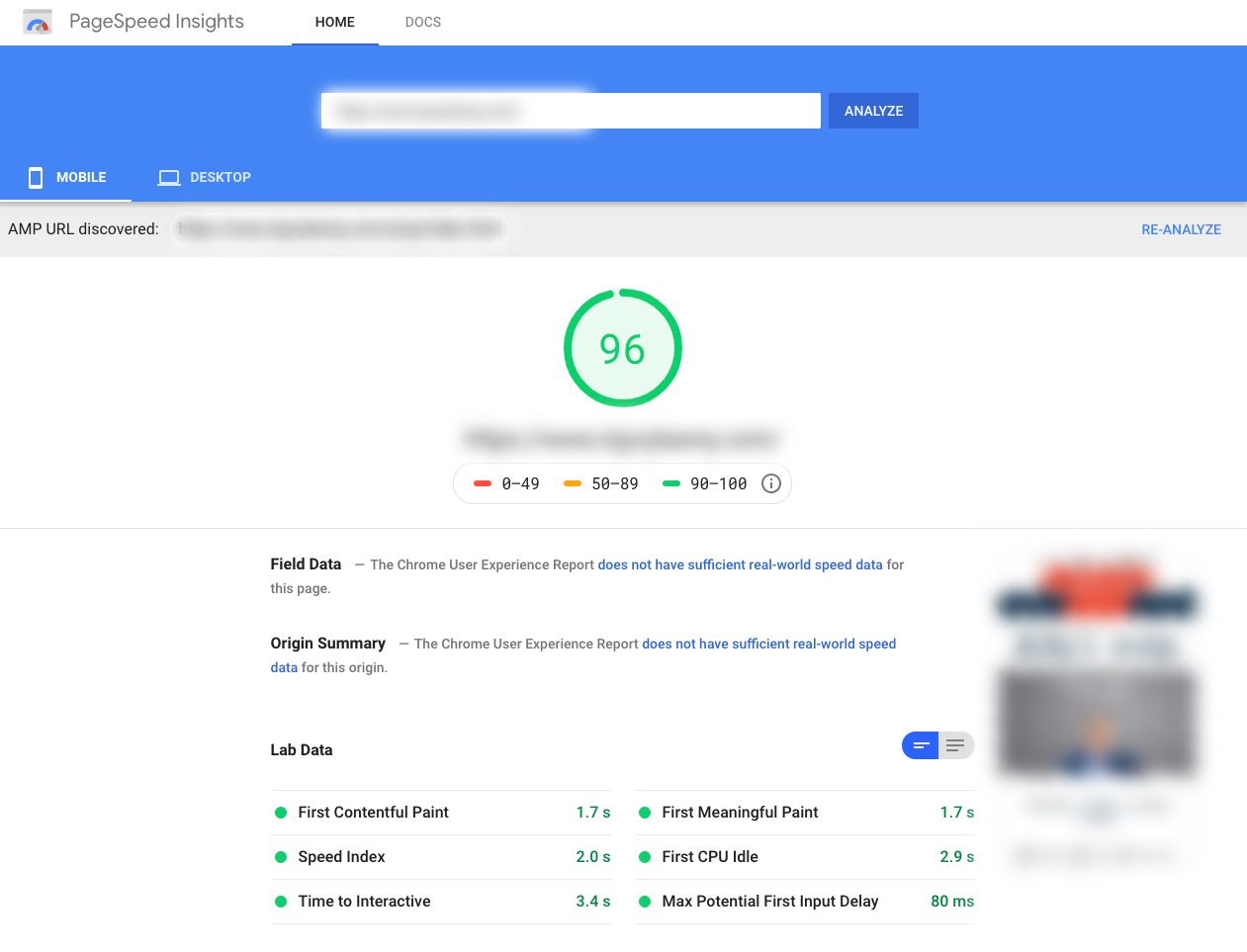We can’t send you updates from Justia Onward without your email.
Unsubscribe at any time.
You've toiled long and hard, sowing the seeds of your SEO efforts for months or even years. When it comes time to harvest your rewards, use these free tools from Google to measure your success.
You’ve toiled long and hard, sowing your SEO efforts into your website, and the time has come to collect your bountiful harvest. As the days grow short and cold, and we in America gather to celebrate the harvest with our annual celebration of Thanksgiving, we thought this was a good time to talk about how you can measure the success of your website. How can you harvest the fruits of your (or your webmaster’s) labor?
In this article, we’ll cover the free tools that you can use to track your site and see how much success you’ve had. We’ll be focused only on free tools from Google in this article. There are a number of paid tools and free third-party tools that webmasters use (and we use some of them ourselves), but for the sake of simplicity, this article is focused primarily on Google Analytics, Google Search Console, and some smaller tools that Google provides to help you with tracking your website’s success.
Services
Google Analytics
Originally launched as Urchin in 1998 by the Urchin Software Corporation, the original Urchin statistics software could be operated either as a log file analyzer or as a javascript and image-based tracker. After Google bought them in March 2005, they reworked the tool into a new platform called Google Analytics. While Google has gained a bit of a reputation for launching products only to later kill them, Google Analytics is one that has stood the test of time and continues to evolve to this day. They did kill off the last remnants of the paid version of Urchin in 2012, but the free version of Google Analytics (and later a paid premium version for super large sites with millions of pageviews of traffic) has only continued to get better, eventually far surpassing the feature set of the original Urchin software.
Google Analytics works by adding what is known as a tracking beacon into the HTML of your site. This beacon uses javascript and cookies to get some general stats about the session: things like the type of device, the screen resolution, the referring URL, and a number of other pieces of information. It then transmits the stats back to Google Analytics, which aggregates these statistics together into searchable and filterable reports.

When it comes to measuring the size of your harvest, there are a few portions of Google Analytics in particular to review. The first and most obvious step is to look at your Users and Sessions. Generally speaking, if these numbers are going up over time on average, your efforts to optimize your site are likely working. Be careful, though. Users and Sessions don’t tell the whole story, especially over the short term. Seeing your Users and Sessions numbers go down from one day to the next doesn’t necessarily mean that your efforts aren’t working. There are a number of factors that can cause an impact on traffic, and in general it is better to measure your traffic in the form of longer trends, and always pay attention to what could cause short-term gains or losses.
Google Search Console (Formerly Google Webmaster Tools)
Unlike Google Analytics, which collects data from visitors to your website, Google Search Console helps you collect data about your site’s performance directly from Google itself. The data in Google Search Console is incredibly valuable. You can see how many impressions there are to your website on Google Search result pages and how many of those results are clicked. You can also get a list of the search terms that are showing your pages in results the most.

In addition to seeing stats about your traffic from Google search, Google Search Console gives you information about how Googlebot sees your site, allowing you to query any page on your site and see the last time that Googlebot hit that page, see if the page is indexed or not, and find any problems that Google encountered when trying to index the page.
To help you find these stats in conjunction with your other traffic details, Google has a connector that allows you to connect Google Search Console with Google Analytics, allowing you to collate the details about your appearance search with the details of your general traffic.
Google Ads

If you participate in Google’s CPC/PPC campaigns, there are a ton of stats available within the Google Ads platform. From the Google Ads platform, you can create a number of reports to measure the success of your campaigns. From here, you can see such stats as the number of impressions of your ad, the number of clicks, and the aggregate Click-Through-Ratio (CTR), which indicates the percentage of impressions that result in conversions. Google Ads also lets you track the campaign’s success beyond simple clicks. By adding snippets to your web pages, you can track that those clicks eventually resulted in the user contacting you.
Many of these snippets are based on the same techniques as Google Analytics, and some actually are enhancements to the same Google Analytics snippet that you add to the site, since such conversion tracking from Google Ads often shows up in Google Analytics as well.
Google Pagespeed Insights / Lighthouse
If you’ve spent time to improve the performance of your website, and you absolutely should, the best tool to tell if you’ve succeeded is Google’s Pagespeed Insights. Enter your URL, and Google will fetch your site and give you a number of scores related to how well your website performs on both mobile and desktop. If your website has AMP, the Pagespeed Insights tool can detect AMP and prompt you to test the AMP page.

Google Pagespeed Insights is based on another Google tool, Lighthouse, which comes bundled with the Google Chrome browser as part of the Chrome Developer Tools. The full version of Lighthouse is another useful tool for measuring the performance of your site, but it can be confusing to understand the full Lighthouse reports for those who don’t work with it on a regular basis.
Measuring Success and Failure
Short-Term Losses
If you see the traffic to your website go down this week, don’t worry. It is perfectly normal for traffic to certain types of websites (including most businesses) to go down during holidays, such as Thanksgiving. Consumers in particular are less likely to visit service-based business websites on weekends and holidays.
Other factors that could result in a short-term loss in traffic can include:
- School Terms: If you have content that appeals to academics, your traffic will likely drop considerably in the summer.
- Court Terms: If you have a lot of content about court cases, especially Supreme Court cases, you may get less traffic when the court is not in session.
- Temporary fluctuations due to changes in Google’s Algorithm: If your traffic goes down after a change, watch it, but don’t panic right away. It often takes time for a change in Google’s Algorithm to settle.
Short-Term Gains
We mentioned that holidays can cause traffic on many business websites to go down, including law firm websites, but there are exceptions to this pattern. Holidays that tend to involve heavy drinking (including Labor Day, Thanksgiving, New Year’s Eve, and Independence Day) often result (sadly) in an uptick in traffic to DUI/DWI law firm sites. Less regrettably, retail establishments see an increase in traffic to their websites (and stores) on Thanksgiving weekend thanks to Black Friday sales.
Measuring Long-Term Trends
Instead of measuring traffic day to day or week to week, we recommend comparing the traffic against similar days in the past. Google Analytics lets you compare your selected timeframe against another timeframe. We recommend measuring year over year or month over month because these traffic changes make a much better overall measurement of the way that data is trending. You can find other great sources with tips for assessing your online marketing in this resource.
Also, keep in mind that traffic to your website is meaningless if you don’t get new clients from it, or properly serve your existing clients. Keep track of how many contact form submissions you get, as well as calls from people who say that they found you through your website.
If you aren’t getting good results from your website and feel like you might need a new one, give us a call. We are experts on not only measuring success but also optimizing for success on law firm websites and blogs.
In the meantime, however, we wish your loved ones and you a very Happy Thanksgiving. We hope that you spend this holiday surrounded by family and friends.